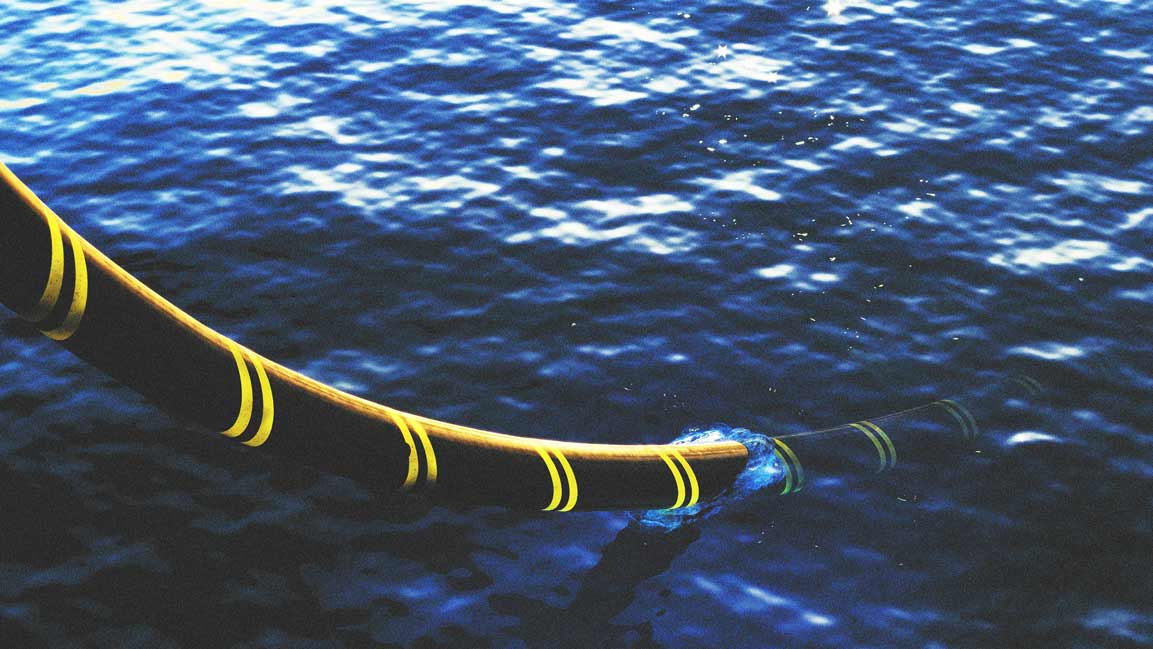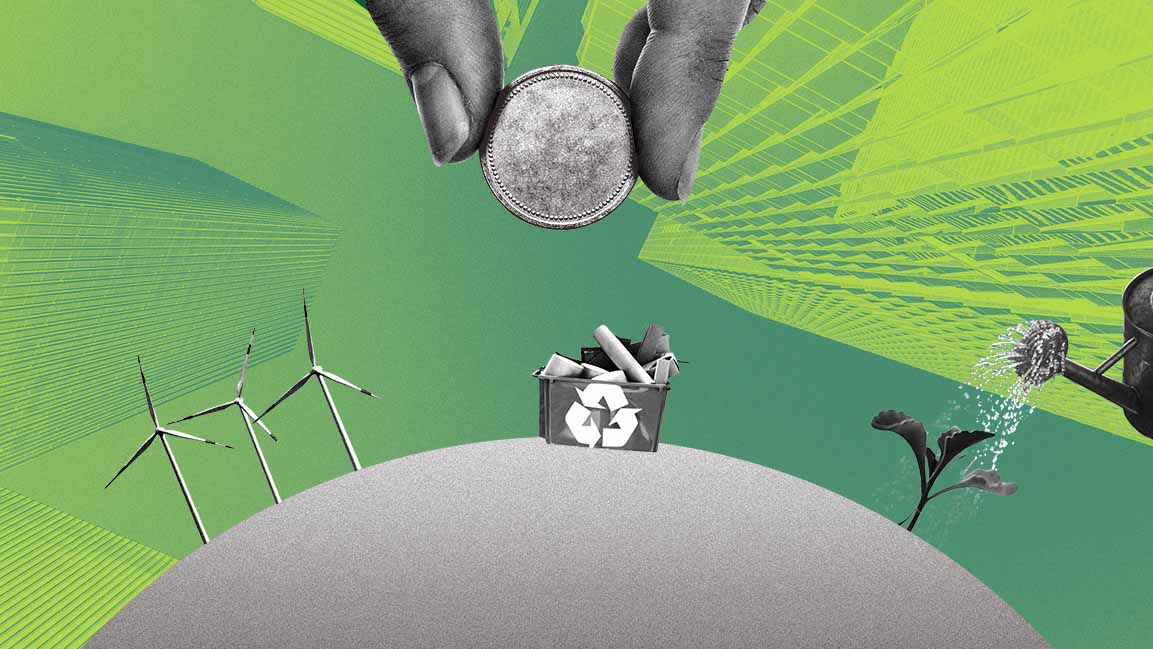- | 8:00 am
It’s not just cars: Everything from aircraft to cargo ships is getting in on the post-fossil-fuel future
Transportation companies of all kinds are experimenting with greener solutions and hitting real milestones.

No matter how many new Rivians and Teslas hit the road, some 95% of the world’s energy for transportation still comes from fossil fuels. Transportation accounts for about 30% of global energy use and is responsible for approximately one-quarter of greenhouse gas emissions. But there is no one-size-fits-all solution for decarbonizing the transportation sector. From an engineering perspective, trucks, planes, trains, and ships present wildly different challenges. Fortunately, a diverse array of solutions is emerging—and many of them appear on Fast Company’s 2024 list of the Most Innovative Companies in transportation.
Batteries remain the best option for electrifying larger automobiles and present an opportunity for decarbonization at scale. Trucks—everything from SUVs to heavy-duty commercial vehicles—account for 60% of total U.S. transportation emissions. But the next big opportunity is not only in electrifying these vehicles, but also in reducing the size of the national fleet. Fluid Truck, for example, offers EVs on demand for commercial deliveries, while InCharge brings resilient charging solutions up to enterprise scale.
For aircraft (9% of U.S. transportation emissions), electrification may play a role—but only in critical niches. “There’s any number of edge cases for batteries,” says Peter Barrett, a founder and general partner at Palo Alto venture firm Playground Global, such as “air taxis in a city, something to carry four people and fly for 30 minutes at a time.” Vermont-based Beta Technologies has made significant progress toward commercial certification of its fixed-wing, five-passenger EV for such short-haul flights, delivering a test vehicle to the U.S. Air Force. It has also built a net-zero-emissions factory to fill orders from customers including Air New Zealand, Helijet, UPS, and United Therapeutics once the company obtains FAA certification.
For larger planes and longer flights, Barrett counsels, hydrogen is key. In 2023, Playground portfolio company Universal Hydrogen flew a successful demo of its modular fuel-cell powertrain that can be used to retrofit regional turboprop planes. “Where you have existing airframes,” he notes, “hydrogen and fuel cells can give you four times the range and half the weight of batteries.”
Trains, too, are undergoing a hydrogen transition. Hydrogen fuel-cell-powered trains can use a similar refueling infrastructure as diesel ones, with similar refueling times. Last summer, the French multinational manufacturer Alstom demonstrated a first-in-North America, hydrogen-powered train, which ferried visitors on a two-and-a-half-hour trip outside Quebec City, emitting only water vapor. The same train model carried passengers in eight European countries, and Germany purchased a version for a hydrogen-only route last year.
Shipping (about 3% of global carbon emissions) is also shifting away from petroleum, albeit more incrementally. Maersk’s newest container ship, the Laura Maersk, which arrived in Copenhagen Harbor in September, heralds the mega shipper’s move to dual-fuel vessels that can run on either conventional marine fuel or methanol. It is the first of 25 such ships the company has on order. The use of so-called green methanol for shipping—produced from biomass gasification or from renewable electricity and captured carbon dioxide—could decrease CO2 emissions by up to 95% compared with conventional fuels, and much of the necessary infrastructure is in place. (It currently, however, costs twice as much as conventional methanol.)
In the long term, Barrett and other experts believe that large ships will run on green ammonia, a compound of nitrogen and hydrogen that has a high energy density and emits no CO2 when burned. The current energy-intensive process for producing ammonia needs innovation, but even now—using geothermal hydrogen and renewable electricity—it can be produced more cheaply than either methanol or marine bunker fuel, says Barrett. “Maersk’s business operates on fuel,” he says. “They cannot trade off global warming for an order of magnitude increase in the cost of fuel. Ammonia as a fuel is the only answer.”







































